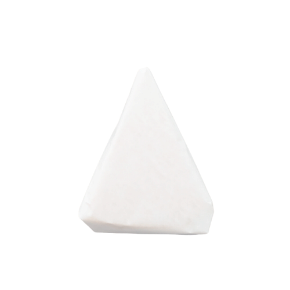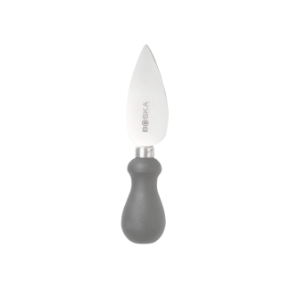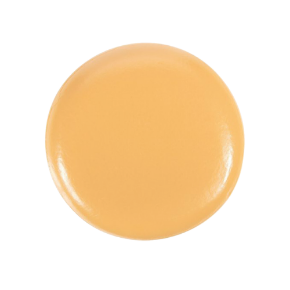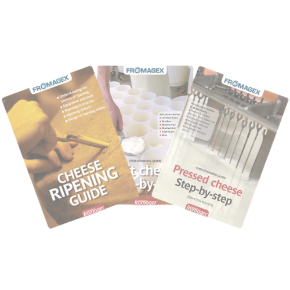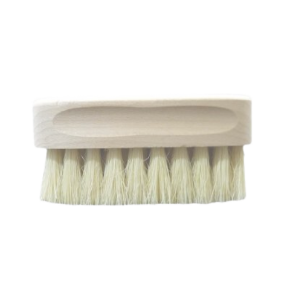Want to start making cheese at home but don’t know where to begin? Don’t worry — we’ve all been there.
First of all, it’s important to know that there are different levels of expertise. Beginner recipes are easily accessible to aspiring cheesemakers — as long as you carefully follow the steps we describe here.
What types of cheese can I make?

Made from cow’s milk, sheep’s milk, or goat’s milk. Soft or firm — you can make many types of cheese.
That said, cheeses that don’t require complex aging are much more accessible for beginner cheesemakers.
In fact, the aging environment has a major impact on the final product. For a properly aged cheese, you need a perfectly controlled space.
The essential ingredients
The cheese recipe basically begins with curdled milk. And to make curdled milk, you’ll need:
- Fresh milk,
- Rennet,
- A lactic starter culture.
Depending on the composition and nature of these three ingredients, the flavor of the cheese can vary greatly.
But what about my milk? Raw or pasteurized?
Ideally, you’ll want fresh raw milk from a farm. It hasn’t been processed or treated and retains all the good bacteria needed for successful aging.
Also, the fattier your milk, the creamier your cheese will be.
You can use pasteurized milk from the grocery store, but if you want the best results, raw farm milk is the way to go.
Starter cultures & rennet
These ingredients help the milk to curdle, but they have different roles. Starter cultures produce a firmer, more crumbly curd, while rennet creates a more elastic, supple curd.
Depending on how you combine them, you’ll get a wide variety of cheeses.

Before you begin, gather your tools
First, gather the necessary equipment. Depending on how much cheese you want to make and your skill level, you can gradually upgrade with more professional tools.
That said, you can absolutely start with basic tools you already have at home.
- A large heavy-bottomed pot
- A strainer
- A measuring cup
- A mixing bowl
- A wooden spatula
- A kitchen thermometer
- One or more cheese molds
- A bit of patience
Let’s recap
Cheesemaking is absolutely accessible to anyone curious enough to give it a try — as long as you’re willing to be patient.
You can easily make delicious cheeses, and as your interest and skill grow, you can evolve your recipes into unique creations perfectly suited to your tastes and preferences.
But most importantly — have fun!

